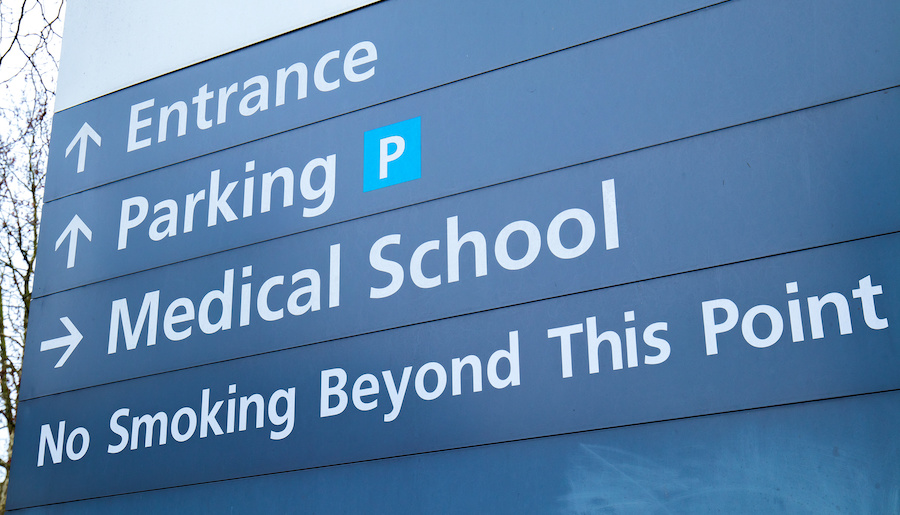3 Effective Ways to Solve Company Parking Issues
Company parking issues affect both the management and employee sides of a business, presenting significant challenges for both. Managing employee parking needs is costly, as companies must either own or rent enough space to cover the daily needs of their commuters. In some cases, they must even go to the expense of building new parking structures.
For employees, competition for limited space creates unsavory situations that can have a long list of negative impacts in the workplace.
Let’s examine the root cause of most company parking issues, then explore effective methods of solving them.
Common Parking Problems
Demand for limited parking is the single most common problem companies face. Traditional solutions include constructing new parking structures and renting more parking spots. However, these aren’t feasible from a cost-benefit standpoint, especially in places like the Bay Area where new parking lots cost about $38,000 per space and rented spots command upwards of $500 per month. Each. Yikes.
Three Proven Solutions to Company Parking Issues
In our experience, the best and most effective solutions to company parking issues stem from a simple concept: behavior change. This term describes a workplace culture in which people swap out old habits that contribute to problems for new ones that foster solutions.
Stimulating behavior change on an organizational level is something of an art form, but no matter how you approach it, the key to success is to offer transportation incentives.
Try these three strategies:
- Encourage carpooling. Promote the cost savings and social benefits of sharing rides. Participants reduce fuel expenses and vehicle maintenance costs, all while strengthening their personal and professional networks. Among other benefits, rideshare-based employee commuting is also known to reduce stress and improve job satisfaction.
- Offer public transportation benefits. People teams don’t need parking when they use public transportation to get to work. Employers can help employees purchase transit passes with pre-tax dollars or even offer free or subsidized transit passes. On a monthly basis, they’re much cheaper than maintaining or renting parking spots, and they also reduce traffic congestion while inspiring team members to carry over their positive new travel habits beyond their daily commutes.
- Make it a game. Commuter challenges, points programs, and other gamification strategies engage team members and encourage them to think about employee transportation in different, healthier ways.
These tools are proven antidotes to company parking issues, and they have wider community benefits like reducing traffic congestion and greenhouse gas emissions. The RideAmigos platform supports these any many other solutions to parking constraints, so if you’d like to learn more, we invite you to get started today.



